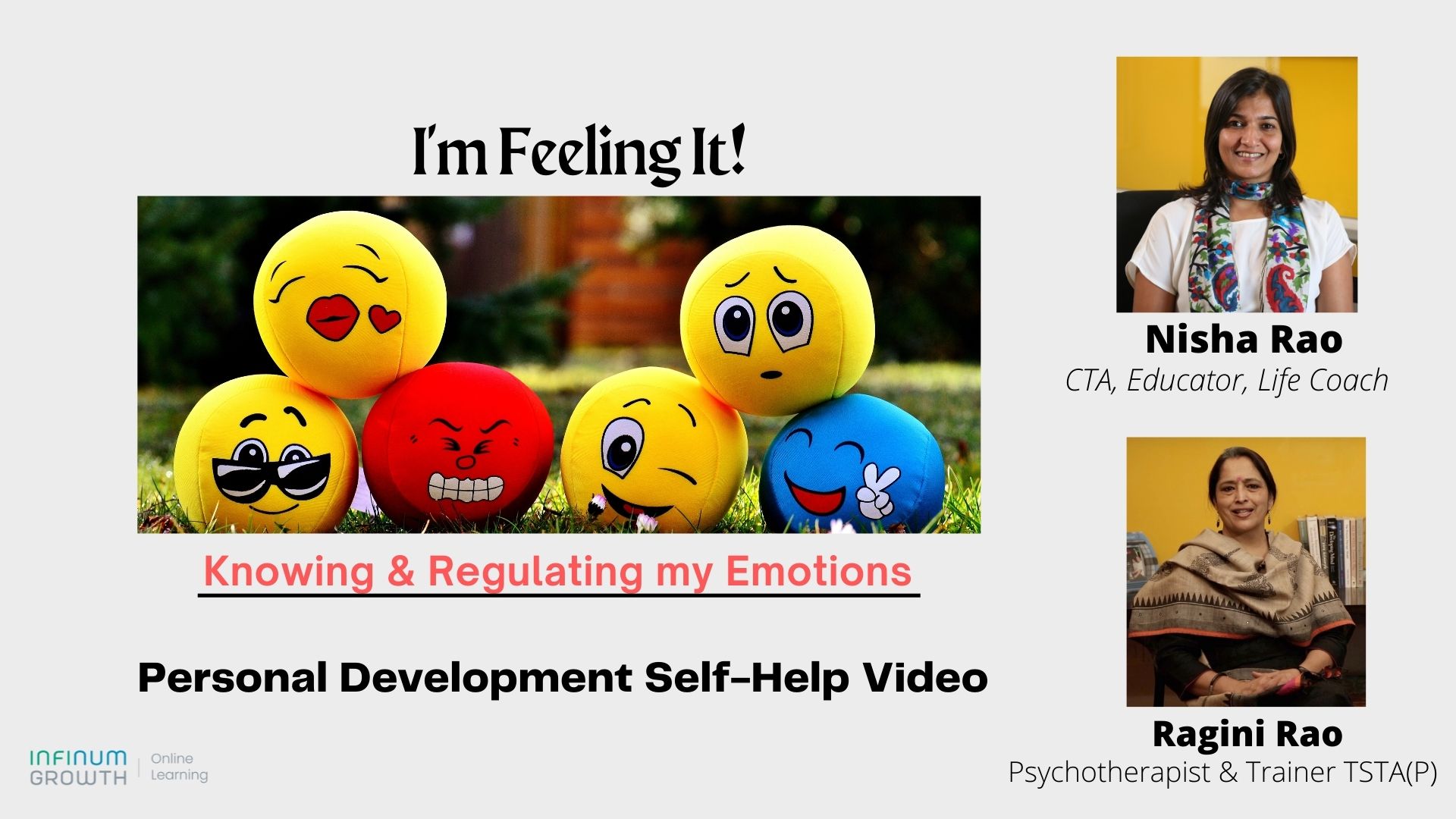As organisations grow, from birth to early stages to maturity, at each stage they encounter different kinds of challenges – both internal and external. The leadership team gets tested at each stage for their ability to handle all these issues while maintaining sanity, focus, positivity and commitment within the entire organisation.
One of the critical leadership imperatives is the need to balance focus on both; internal matters and external issues. One cannot afford to let go of either of these. Not addressing internal concerns leads to frustrations in the organisation; in turn leading to loss of interest or commitment of employees to the organisation’s success and growth.This has a compounding effect on the external issues as well.
Unstructured management – A recipe for disaster
One such situation came up in an organisation, where I was brought in to douse raging fires everywhere and stabilise the organisation towards positive results.
This organisation had no effective management structure in place and all the decisions were taken by the Promoter. Employees and customers were equally unhappy. Customers had not been visited for a few years and employees felt they were being treated badly. No one could express their views and there was no one to listen. Decisions were obviously random and this had led to revenue and growth going southwards.
The Promoter had to spend quite a lot of time, managing everything and this led to his burn out and a severe heart attack. This was the time when they decided to hire a professional after an advice from one of the promoter’s trusted friends; And I came on board.
The leadership imperatives
One of my first steps was to give a structure to the organisation and clarify people’s roles & responsibilities. The next were a series of steps to address the employees and the customers. There was a dire need to turn around by instilling confidence in both the employees and customers.
The employees had a lot of expectations and all of them were longing for happier times. All of us spend about 24% or more of our time in a year at the workplace, mostly the prime time of a day. Hence it is critical that our workplace is a happy place as it will also have an impact on our life at home.
All the members of this organisation were ready to work hard and deliver; what was lacking was a sense of direction and a sense of belonging. I decided that the first and most important step was to make the employees look forward to come for work everyday; and enjoy their work. It was important to make the workplace a happy place, where people enjoyed what they did.
With that resolve, we started taking some very urgent but clear and effective steps. These were leadership imperatives which we had to ensure happened.
- Setting the vision and goals: First and foremost, the vision for the organisation was clearly defined and the purpose of being in the business was explained. This was the most important step as this helped in aligning people to work towards a common objective. Each department in the organisation had set separate goals for the financial year, which in turn was in sync with the overall Organisation’s goals.
- Leadership at different levels: Functional heads were appointed and the mission & vision were clearly communicated. They in turn set their departments right. Each of the department heads was an ambassador of the leadership team, to communicate and disseminate the organisation’s vision and goals. We now could address all members of the organisation simultaneously and in a short time.
- Communication: Communication was kept simple and clear so that everyone knew what they were working towards, thus facilitating active participation. Probably half the job was done through this process.
- Empowering employees: The leadership team empowered all the key members of the organisation, making people take their decisions and own them. This brought in accountability which mattered a lot in moving forward. Pride in their work was given prominence for the members of the organisation.
- Engaging employees: Efforts were taken to keep the people engaged and this helped in many ways. It helped in maintaining the focus and making people support each other. This facilitated teamwork and brought in oneness. I believe in the “employees first” concept, as once we take care of the employees, they will take care of the customers and the organisation.
- Transparency in management: Transparency to reasons for what we were doing was critical to succeed. People needed to understand why such decisions were taken and how these decisions were apt for the given context in the organisation. This style of management also reduced unhappy employees as they got to know the why and got ample scope for learning.
- Culture: We outlined the principles the organisation stood for and started practicing what we said. Culture is nothing but what we believe in and what we practice. This determines the organisation’s face and outlook. This step started attracting a lot of good talent, helped in retaining such talent and paved the way for the organisation’s success. This change was welcomed by customers and helped in roping in more customers as well.
- Celebrating milestones and small successes: We were conscious to celebrate small successes in each department as well as in the organisation. This certainly recharged people and kept them motivated. Achieving each milestone is a stepping stone to a larger achievement and recognising this at each stage sets the momentum.
- Recognition and rewards: Employees are not motivated only by money. Satisfaction in the job and working on key assignments, which also has scope for learning, motivates many. We recognised this and initiated recognition and appreciation of employees for the progress, quality and timely completion of work; all of that mattered. We ensured that the people in the organisation knew the performers and the leadership team made such performers ambassadors for creating a performance culture in the organisation.
- Learning, unlearning and relearning: I firmly believe that there is no end to learning. As the world around us kept evolving, it was necessary that our organisation and members kept up with the pace of development. We made it a practice to provide opportunities for our members to keep learning and adopt better practices / processes in the workplace.
- Leadership: Leadership team was consciously focusing on developing more leaders. We actively listened to our people, coached them in becoming better leaders, kept encouraging them and decided appropriately on when to direct them. We walked the talk as only this brought credibility to us. The leadership team showed the way and chose appropriately on when to lead from the front and when to push from the back. The energy and enthusiasm of the leader talked first, even before we actually talked. We were responsible to spread positive vibes and thoughts.
Results of structured management processes
The results started showing up almost immediately.
- The sales team was back in the field on regular beats; and customers were being met frequently. Weekly travel schedules were made for the month and the results reflected this immediately in terms of business growth.
- The understanding between the departments increased substantially. Manufacturing understood the urgency of an order if the Sales team assigned the priority. Quality team responded so well that all required checks were done on time.
- Coordination with external inspection agencies touched a new high in terms of understanding the need and giving on time response. Customer complaints started reducing as all the complaints were addressed on priority.
- Necessary process corrections to improve the quality were discussed and steps were taken to nip the problems right at the start. We started doing new product designs as per customer requirements.
- We started addressing all the employees once in a month on the shop floor and this helped in establishing the much needed “employee connect”. People started relating very well to the leadership team, which in turn helped to introduce new processes, control measures and policies.
- Customer orders grew by 70% and orders on hand at any given day multiplied.
- Overall the Organisation and the workplace became most sought after and one could see the smiles on everyone’s face. Seeing people smiling and happy was certainly an unbeatable experience and to turn around this organisation called for tireless efforts for about ten months.
The learning was very clear; there are no shortcuts to building a healthy business. To ensure long term survival and sustainable growth, the organisation has to be a happy, vibrant place with the team’s total commitment to a common goal.
The leadership imperatives mentioned above are fundamental to ensure the business is secure from all angles.
Please do leave your comments at the bottom and do share with others if you like this article.

















Excellent article and very well narrated. In my opinion I feel this is THE barest minimum approach to transform any organisation.
Leveraging on key employees & leaders for top down approach and other employees for bottom-up approach is quintessential components of successful transformation. Also ‘Delegation’ is not science but an art. Hence mapping the right employees for the right role without nepotism is paramount.
This is a very good article and would provide an insight to entrepreneurs who would like to transform their organisation.